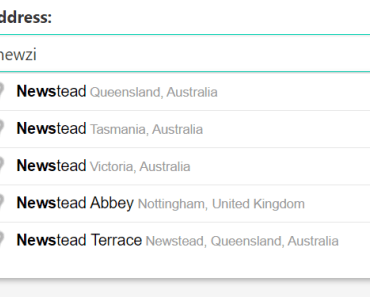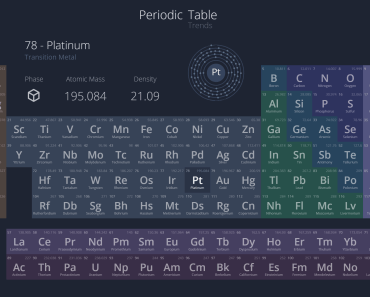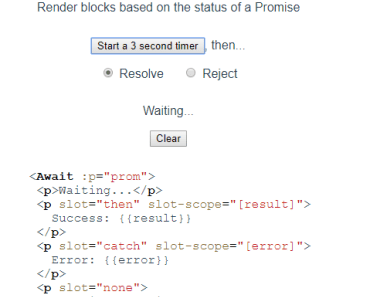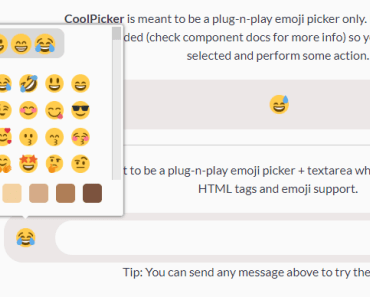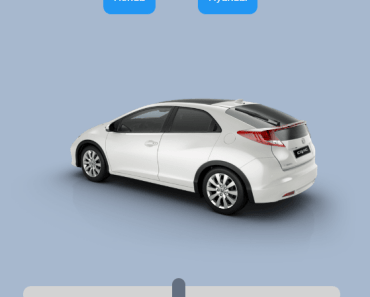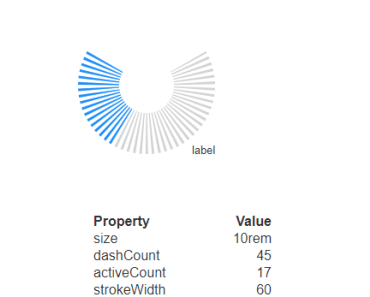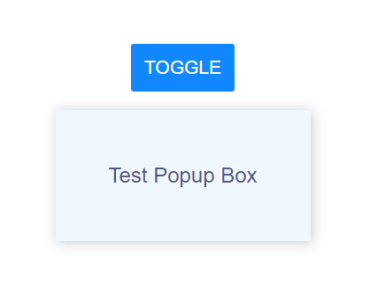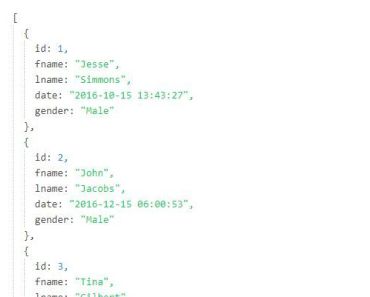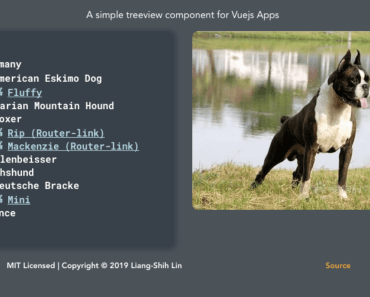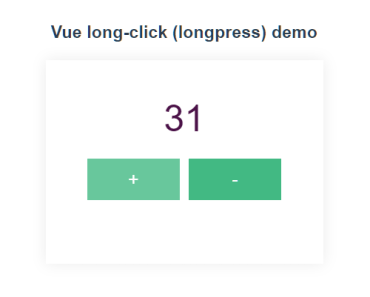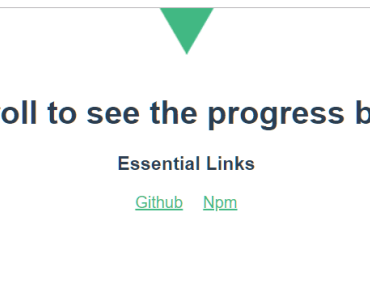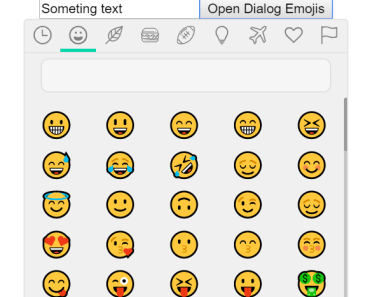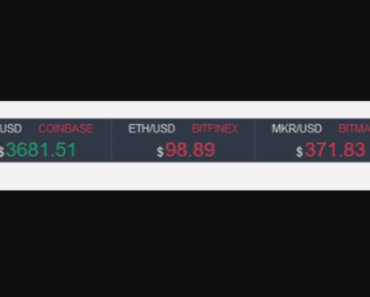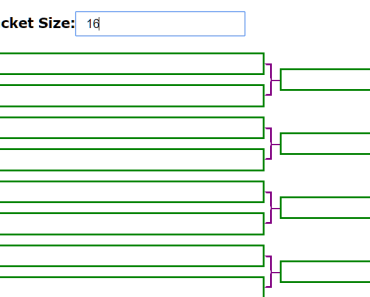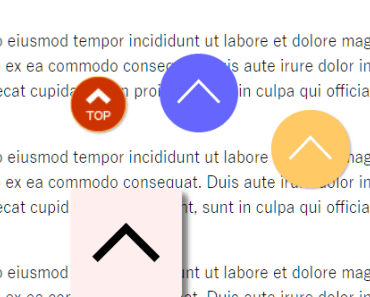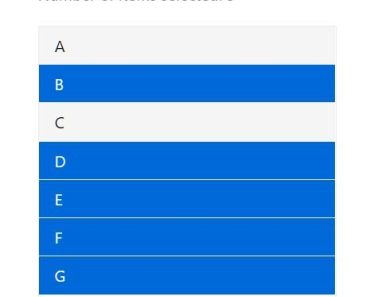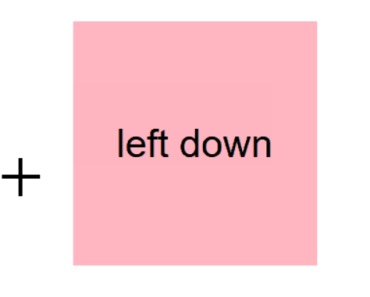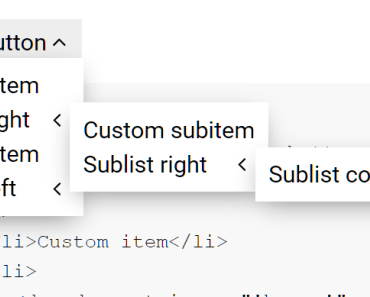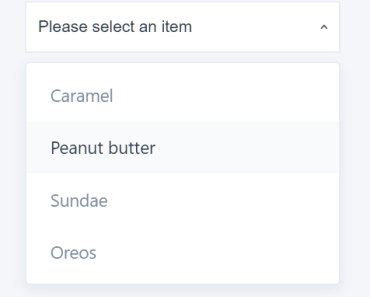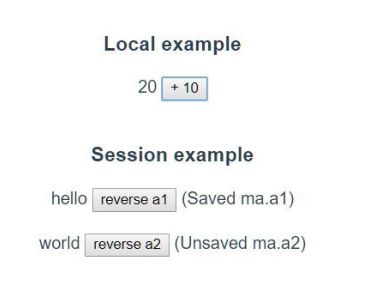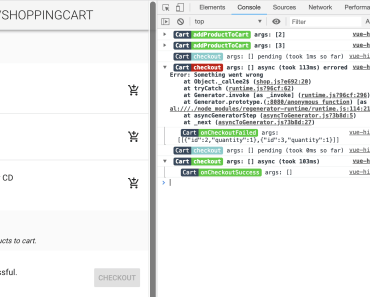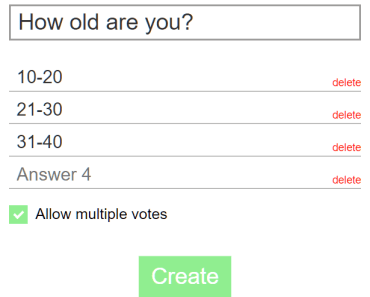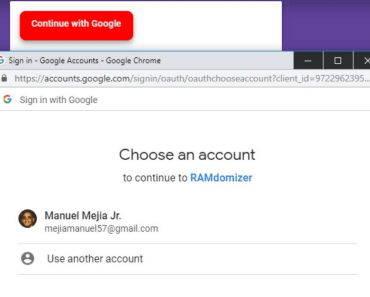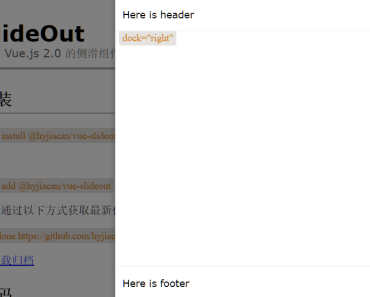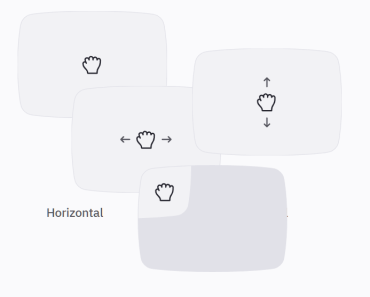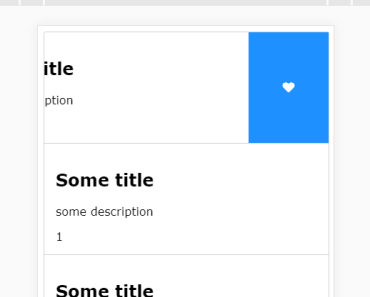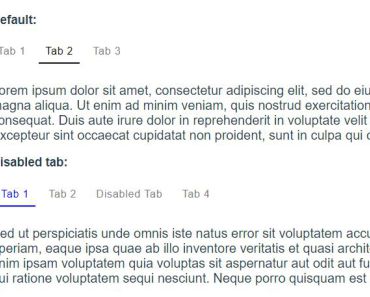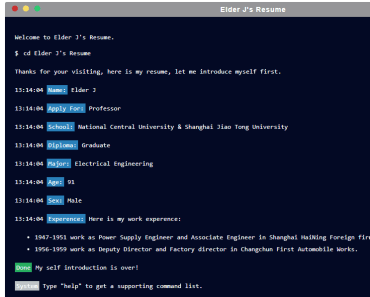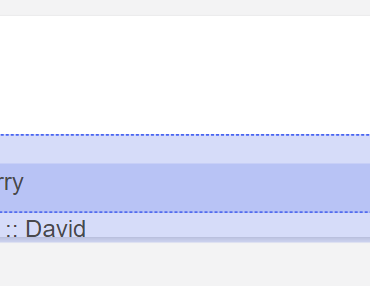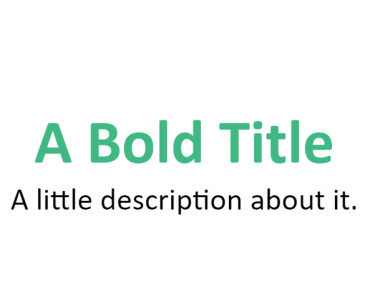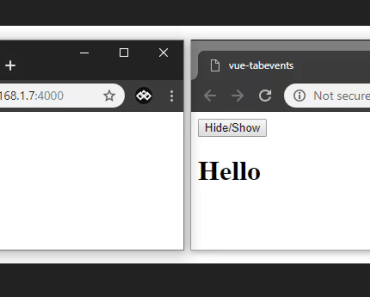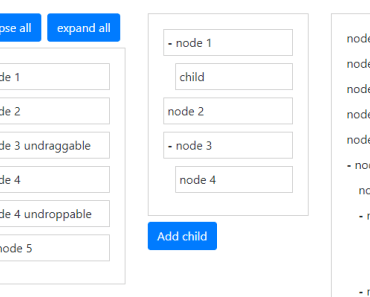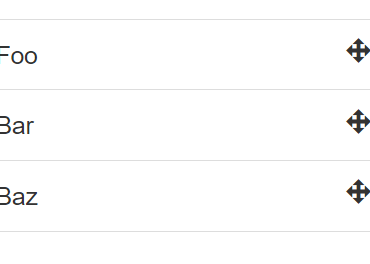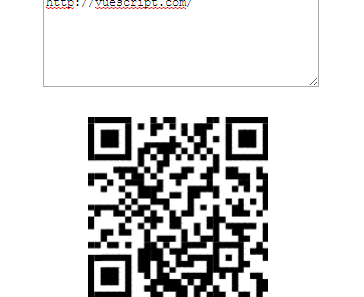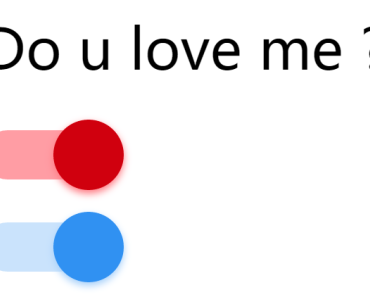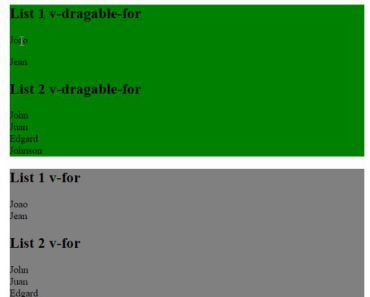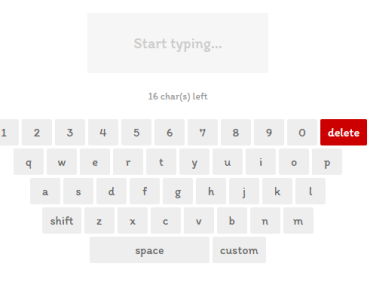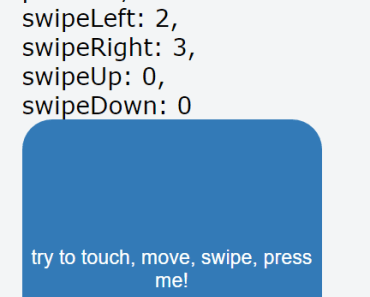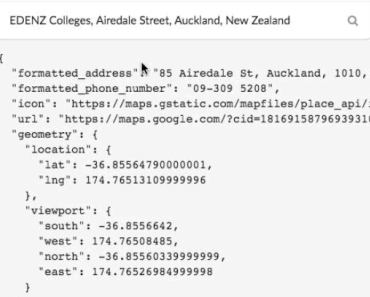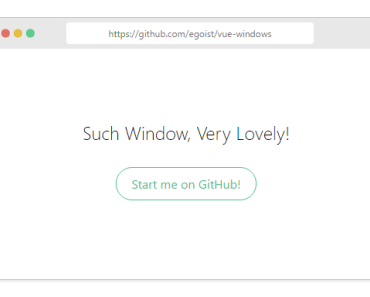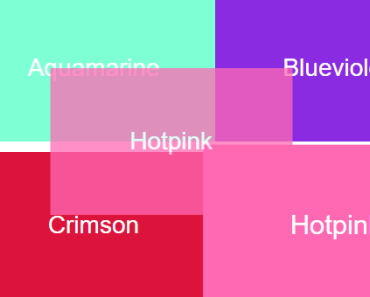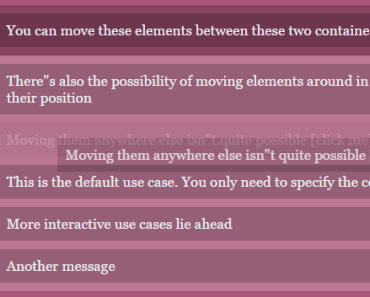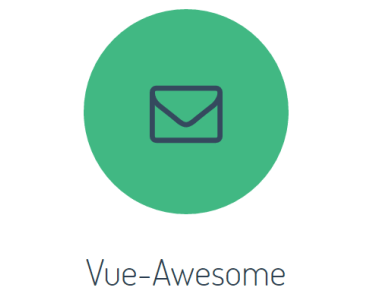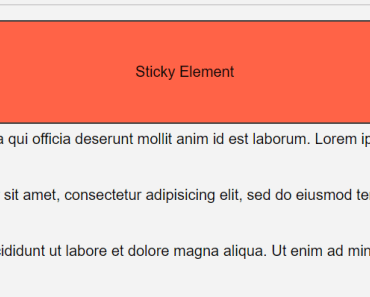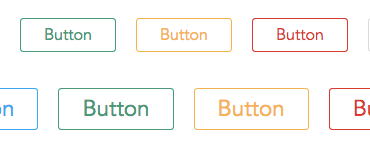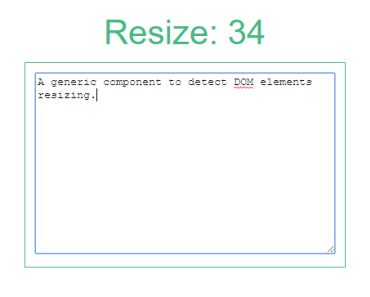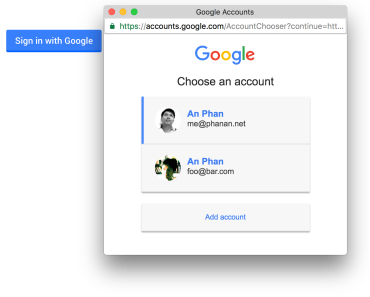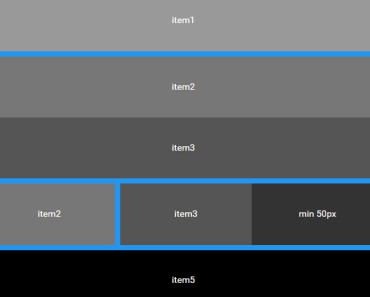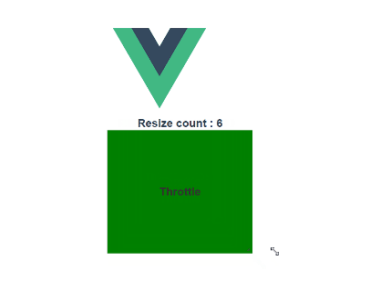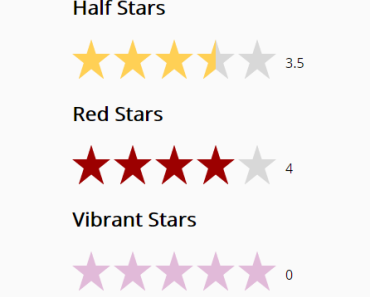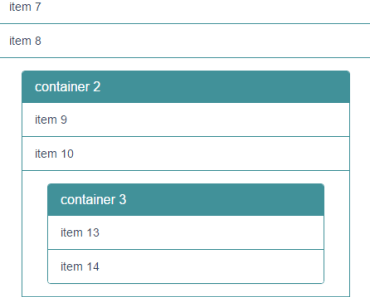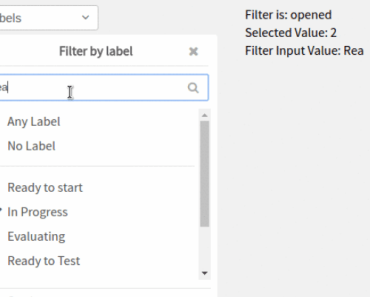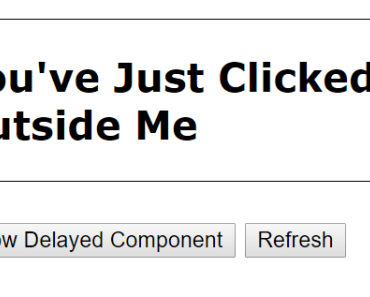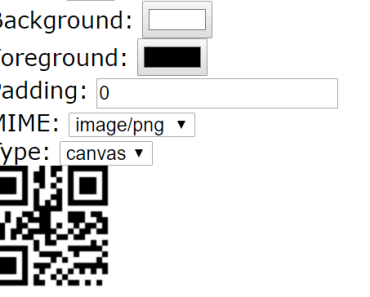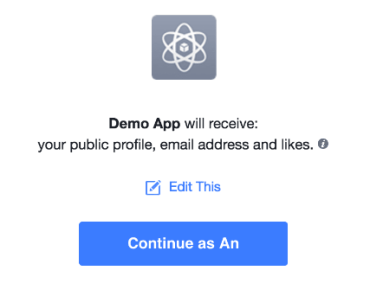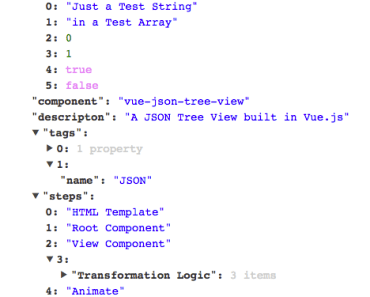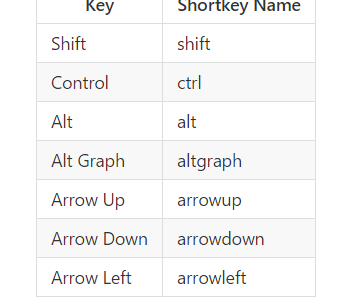Google Autocomplete
I am sharing this component because I was overwhelmed of complicated examples to achieve this simple duty. So, I will try to be as easier as I can during my explanation.
Google Autocomplete component is not more than a Vue.js wrapper around the google official API. In spite of the demo was written in Vue.js, the Autocomplete object can be pulled in from any JS framework.
Requirements
You will have to install Vue & Vuemit, as so:
npm install vue --savenpm install vuemit --saveThe Vuemit library is used to manage the events between the google component its parent one.
Note: If you happen to be using Vue 1.*, you will want to pull from the vue-1 branch.
Installation
To install this package you just need to open your console line and type npm i google-autocomplete-vue --save. If there is any problems during the installation, you can try again using the force param, as so npm i -f google-autocomplete-vue --save
Gettings started
First of all, you have to sign up in Google API Console in order for you to configure your app information, as API key, app name, etc. This can be addressed on https://console.developers.google.com. Once this has been done, you will have to copy the API KEY given by google and paste in your JS file entry point. Example:
-
Bootstrap File: bootstrap.js. You will have to require Vuemit in this file to have the events handler set as globaly. As so: Example
-
Entry point file: demo.js
Note: Important keys have to be kept within an .env file, so be aware of this while pushing your code to your git control.
Second of all, you will have to import the component in your application entry point, so you will be able to call it as global when need it. Example:
import GoogleAutocomplete from 'google-autocomplete-vue';Validation on server side
Places validation is a laravel library that will help you out to handle your user addresses. Its aim is making sure addresses submitted by users are valid through 3rd party services, as google.
Take a look at its repository on Places Validation
Illustration
Also, you will be able to see the online DEMO
Guide
-
First of all, you have to create an entry point in order for you to compile the component out and generate your bundle file. An illustration is posted here
-
Second of all, you will have to create your vue object to control the component mentioned, as so:
require('./bootstrap'); new Vue({ el: '#demo', data: { output: {}, address: {}, sent: false, response: {}, config: {} }, mounted() { //Set an event listener for 'setAddress'. Vuemit.listen('setAddress', this.onAddressChanged); Vuemit.listen('addressWasCleared', this.onAddressCleared); }, methods: { /** * Submit the data to be evaluated. * * @return {Void} */ submit() { this.sent = true; this.output = this.address; this.address = {}; }, /** * Checks whether the output data is valid. * * @return {Bool} */ isValid() { return Object.keys(this.output).length > 0; }, /** * Checks whether the output data is not valid. * * @return {Bool} */ isNotValid() { return ! this.isValid(); }, /** * The callback fired when the autocomplete address change event was fired. * * @param {Object} * @return {Void} */ onAddressChanged(payload) { if (Object.keys(paypload.place).length > 0) { this.address = payload.address; this.response = payload.response; } } /** * The callback fired when the autocomplete clear event was fired. * * @param {Object} * @return {Void} */ onAddressCleared() { this.address = {}; this.response = {}; } } });See the example here
- Third of all, you have to compile these two files with browserify or webpack and laravel-elixir-vue-2 to make them readable for every browser. Example:
require('laravel-elixir-vue-2'); var elixir = require('laravel-elixir'); elixir.config.sourcemaps = false; elixir.config.assetsPath = 'src'; elixir(function(mix) { mix.webpack('demo.js', 'dist/demo.js'); });See the example here
- Finally, you can use the component in your HTML file using this syntax:
<google-autocomplete class = "input" input_id = "txtAutocomplete" :config = "{type: ['geocode']}" placeholder = "type your address" > </google-autocomplete>:config is the config passed to the Autocomplete constructor of the places API. See documentation. Config corresponds to the options argument in the doc.
See the example here
Also, You can pass any css class through "class" prop.
Contributing
Please feel free to fork this package and contribute by submitting a pull request to enhance the functionalities.
License
The MIT License (MIT). Please see License File for more information.
How can I thank you?
Why not star the github repo?. Share the link for this repository on Twitter? Spread the word!
Don't forget to follow me on twitter!
Thanks!
Gustavo Ocanto. [email protected]
